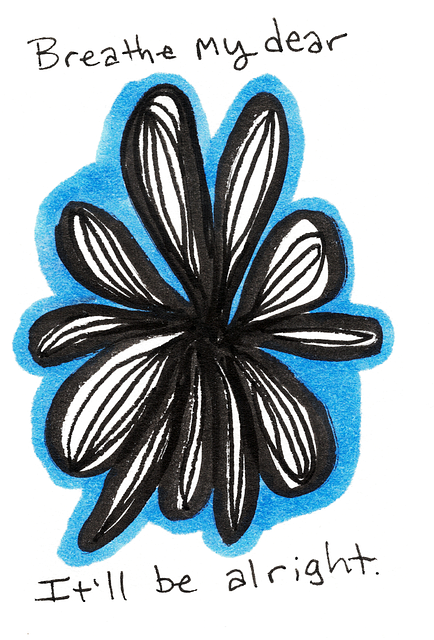A successful "Therapy for Young Adults" podcast series requires strategic planning and audience-centric content. Key steps include defining goals, conducting research, and selecting appropriate equipment. Creating detailed outlines, engaging experts, and establishing a content calendar ensures high-quality episodes. Tailoring content to young adults' specific mental health needs fosters community and reduces stigma. Engaging therapists as guests legitimizes the show, benefiting both listeners and professionals. The right format, such as interviews, panel discussions, or case studies, caters to diverse audiences, including therapists seeking specialized knowledge.
“Unleashing the power of audio, the ‘Therapy for Young Adults’ and ‘Therapy for Therapists-Clinicians’ podcast series aim to foster mental wellness. This comprehensive guide delves into the art of producing engaging and therapeutic podcasts.
From initial planning, including audience identification and topic selection, to advanced recording techniques and post-production magic, we explore every step. Learn how to equip your podcast with essential tools and create a safe space for open conversations. Discover effective distribution strategies to reach and support young adults and therapists alike.”
- Planning and Pre-Production for Therapy for Young Adults Podcast Series
- – Identifying target audience: young adults facing mental health challenges
- – Determining podcast format and structure: interviews, panels, case studies
Planning and Pre-Production for Therapy for Young Adults Podcast Series

Before diving into recording, a robust planning and pre-production phase is paramount for crafting a compelling “Therapy for Young Adults” podcast series. This involves defining clear goals and target audiences to ensure content resonates with listeners seeking therapy or therapists-clinicians looking to enhance their practice. Engaging in extensive research on relevant topics like trauma support services and empathy building strategies allows for the creation of insightful, valuable episodes.
Brainstorming episode ideas, crafting detailed outlines, and identifying guest experts are crucial steps. This stage also includes selecting the right equipment—microphones, editing software, and soundproofing—to guarantee high-quality audio. Additionally, establishing a content calendar ensures consistent delivery, while integrating audience engagement strategies through social media platforms can foster community building.
– Identifying target audience: young adults facing mental health challenges

Identifying your target audience is a crucial step in creating a successful mental wellness podcast series. Given the sensitive nature of mental health topics, young adults facing challenges are a particularly vulnerable yet often overlooked demographic. This age group faces unique pressures, from academic demands to career aspirations and social expectations, which can significantly impact their mental well-being. Tailoring content to address their specific needs—such as therapy for young adults and strategies for building inner strength—can foster a sense of community and encourage open dialogue about mental illness stigma reduction efforts.
Additionally, focusing on self-care routine development for better mental health is essential within this target audience. By offering practical tips and insights into managing stress, anxiety, and depression, your podcast can empower young adults to take proactive steps towards enhancing their mental wellness. Engaging therapists and clinicians as guests can further legitimize the content, providing valuable therapy for therapists-clinicians seeking to reach this demographic effectively.
– Determining podcast format and structure: interviews, panels, case studies

When producing a mental wellness podcast series, one of the initial steps is to decide on the format and structure that best suits your content goals. A popular choice for engaging audiences is interview-style episodes where experts, therapists, or individuals with compelling stories share their insights and experiences related to various mental health topics. This direct exchange can provide valuable information on subjects like stress management and offer practical advice.
Alternatively, panel discussions bring together multiple professionals or peers to debate and explore complex issues in mental healthcare, such as cultural sensitivity and the unique challenges faced by young adults seeking therapy. Case study segments, another effective format, narrate real-life journeys of individuals who have overcome mental health struggles, raising public awareness campaigns development and fostering a sense of hope among listeners. Each approach has its merits, allowing you to cater to diverse audiences and offer a well-rounded perspective on mental wellness, especially when targeting therapists and clinicians for specialized content.
The production of a Therapy for Young Adults podcast series involves strategic planning and thoughtful pre-production. By identifying the target audience—young adults navigating mental health challenges—and structuring content with a mix of interviews, panels, and case studies, creators can offer valuable insights for both listeners and therapists-clinicians. This approach ensures that each episode provides therapeutic benefits while catering to a specific demographic, ultimately fostering open conversations about mental wellness.














